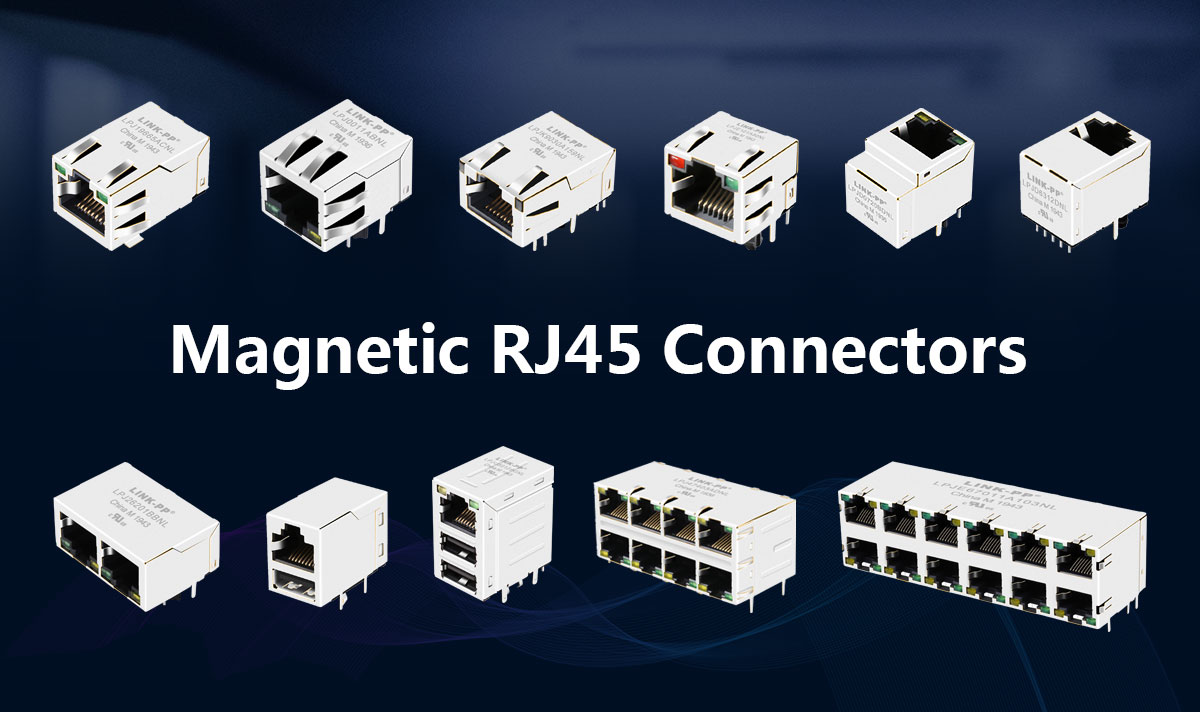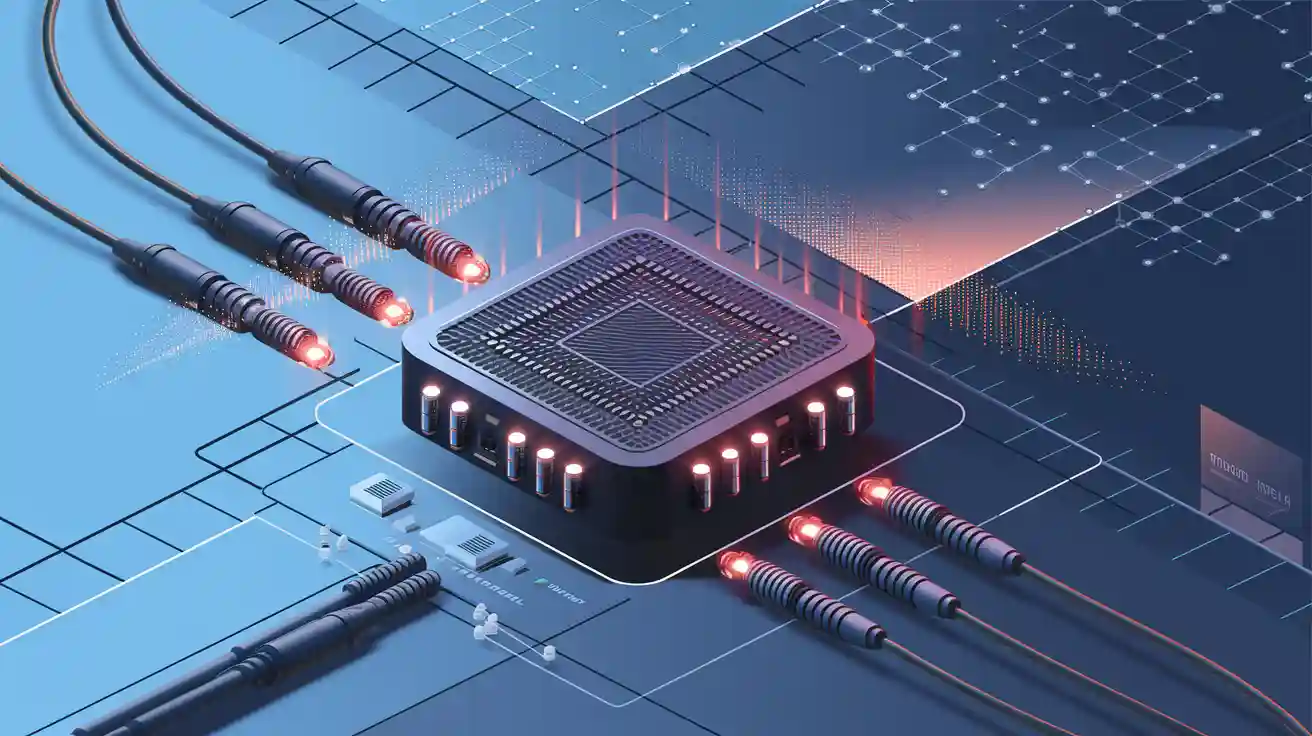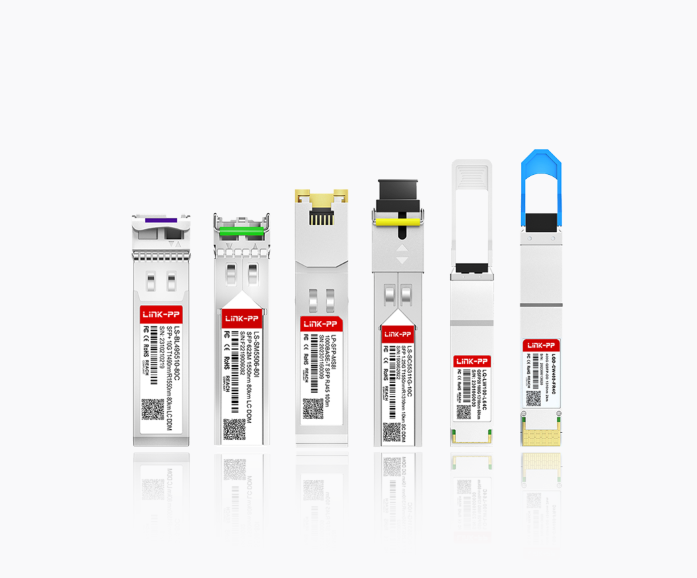
An RJ45 with magnetics combines the functionality of a standard RJ45 connector with integrated magnetic components. These components, such as transformers and chokes, play a critical role in improving signal integrity and suppressing electromagnetic interference (EMI). This design ensures that data transmission remains stable and free from noise, even in high-speed networks.
In modern networking devices, such as the LPJG0933HENL RJ45 Magjack, these integrated connector modules enhance performance while meeting Ethernet standards like IEEE 802.3. For example, their ability to achieve lower insertion loss (less than 2-3 dB at 100 MHz for 100Base-T) and maintain a high common-mode rejection ratio (CMRR) ensures reliable communication. Whether you’re using a Magnetic RJ45 Jack in a router or a LINK-PP RJ45 with Magnetics in an industrial IoT device, these connectors have become indispensable for robust and efficient networking.
Understanding Magnetic RJ45 Jacks
What is a magnetic RJ45 jack?
A magnetic RJ45 jack is a specialized connector designed for Ethernet networking. It integrates magnetic components, such as transformers and chokes, directly into the jack. These components enhance the performance of the connector by improving signal quality and reducing electromagnetic interference (EMI). Unlike traditional RJ45 connectors, which rely on external magnetics, this design combines both functionalities into a single, compact unit.
Key characteristics of a magnetic RJ45 jack include:
Integral Locking Mechanism: Ensures a secure connection when the plug is inserted.
Gold-Plated Contacts: Provides reliable electrical connections and enhances durability.
Performance Metrics: Features such as contact resistance, insulation resistance, and dielectric strength ensure robust performance.
Crosstalk Management: Utilizes advanced vectoring technology to minimize crosstalk, improving data transmission quality.
These features make magnetic RJ45 jacks essential for high-speed and reliable networking applications.
How it differs from standard RJ45 connectors
The primary difference between a magnetic RJ45 jack and a standard RJ45 connector lies in the integration of magnetic components. Standard RJ45 connectors require external magnetics, such as transformers, to achieve signal conditioning and EMI suppression. This setup increases the complexity of the circuit design and consumes more space on the PCB.
In contrast, magnetic RJ45 jacks offer a compact, all-in-one solution. By integrating the magnetics within the connector, they simplify the design process and reduce the overall component count. This integration also improves reliability, as fewer external components mean fewer potential points of failure. Additionally, magnetic RJ45 jacks often include features like built-in LEDs for status indication, further enhancing their functionality.
The role of magnetics in signal integrity and EMI reduction
Magnetics play a crucial role in ensuring the performance and reliability of a magnetic RJ45 jack. They help maintain signal integrity by isolating the transmission line from external noise and interference. This isolation is vital for high-speed Ethernet networks, where even minor disruptions can lead to data loss or communication errors.
The following table highlights the technical benefits of magnetics in RJ45 jacks:
Evidence Description | Key Findings |
|---|---|
Role of LAN magnetic modules | Designed to meet signal integrity requirements and minimize EMI entry. |
Importance of qualified magnetics | Using unqualified components can lead to EMC compliance issues and higher costs. |
Performance of ideal vs. practical transformers | Ideal transformers block common mode (CM) current, while practical ones may allow some CM current through, affecting EMI performance. |
Key Features of RJ45 Magnetic Modules
Components of RJ45 magnetic modules (e.g., transformers, chokes, LEDs)
RJ45 magnetic modules combine several essential components to deliver superior performance in Ethernet applications. These include transformers, chokes, and sometimes built-in LEDs. Transformers isolate the signal, ensuring data integrity and protecting against voltage spikes. Chokes suppress electromagnetic interference (EMI), reducing noise and improving signal clarity. LEDs, often integrated into the module, provide visual indicators for connection status and activity.
RJ45 magnetic modules integrate magnetics to protect against EMI and common mode signals. They meet the requirements of Power over Ethernet (PoE) networks and support speeds ranging from 10Base to 10G Ethernet.
Benefits of compact and integrated design
The compact design of RJ45 magnetic modules offers several advantages. By integrating magnetics directly into the connector, these modules reduce the need for external components. This approach saves over 50% of PCB real estate, allowing for more efficient use of space in your designs. It also improves reliability by shielding components from environmental exposure and reducing system noise.
For example, a typical module like the LPJ16801AENL features a reduced footprint, improved reliability, and lower system noise. These benefits translate into cost savings during manufacturing and repairs. Additionally, the compact design supports higher port densities, making it ideal for applications requiring multiple connections in limited space.
Compliance with Ethernet standards and protocols
RJ45 magnetic modules comply with Ethernet standards like IEEE 802.3, ensuring compatibility with various networking protocols. These modules support speeds from 10Base-T to 10G Ethernet, making them suitable for modern high-speed networks. They also meet RoHS and ELV compliance standards, ensuring environmental safety.
The integration of magnetics within these modules ensures they meet the stringent requirements of Power over Ethernet (PoE) applications. This compliance guarantees reliable performance in demanding environments, such as data centers and industrial networks.
Applications of RJ45 Magnetic Modules

Use in networking devices like routers and switches
These ICMs enhance signal quality and protect against electromagnetic interference (EMI), ensuring reliable data transmission. You’ll find them essential for maintaining electrical isolation between different parts of the circuit, which prevents faults and improves device longevity.
Their ability to balance signals reduces errors during communication, making them ideal for high-speed Ethernet networks. Additionally, these RJ45 Magjack offer cost-effective solutions compared to fully integrated designs. Manufacturers often integrate them directly into the RJ45 connector housing or use them as separate modules, depending on the design requirements.
Feature/Benefit | Description |
|---|---|
EMI Shielding | Protects against electromagnetic interference for stable data transmission. |
Electrical Isolation | Prevents faults by isolating different circuit parts. |
Signal Balancing | Reduces errors in data communication. |
Cost-Effectiveness | Provides a cheaper alternative to integrated solutions. |
ESD Protection | Enhances device longevity by guarding against electrostatic discharge. |
Integration Options | Can be used as a separate module or integrated into the RJ45 connector housing. |
Compliance with Ethernet Specs | Ensures compatibility with 10/100/1000 Base-T networks. |
Applications in industrial and IoT devices
In industrial and IoT devices, RJ45 magjack ensure stable and efficient communication. These devices often operate in harsh environments with high levels of EMI. The integrated magnetics in RJ45 connectors filter out noise and maintain signal integrity, allowing your IoT sensors and industrial controllers to function without interruptions.
Power over Ethernet (PoE) compatibility is another advantage. With PoE, you can power devices like security cameras and IoT gateways directly through the Ethernet cable, reducing the need for separate power supplies. This feature simplifies installation and lowers costs, especially in large-scale deployments.
Industrial automation systems also benefit from the compact design of RJ45 connector with magnetics. Their small footprint saves space on circuit boards, enabling higher port densities. Whether you’re designing smart factories or connected devices, these modules provide the reliability and efficiency needed for seamless operation.
Role in telecommunications and data centers
Telecommunications and data centers rely heavily on Magnetic RJ45 Jack for efficient and reliable networking. These modules support high-speed Ethernet standards, ensuring uninterrupted communication between servers and devices. Their robust construction and EMI shielding make them ideal for environments with heavy data traffic.
Manufacturers like LINK-PP specialize in producing RJ45 connectors and LAN transformers for these applications.
Aspect | Details |
|---|---|
Manufacturer | LINK-PP |
Founded | 1997 |
Specialization | RJ45 Connectors, LAN Transformers, Optical Transceivers |
Monthly Output | Exceeds 6 million units |
Clients | Intel, Cisco, Texas Instruments, Siemens |
Applications | Telecommunications, data centers, industrial automation, IoT applications |
RJ45 connectors with integrated magnetics combine functionality and efficiency, making them essential for modern networking. These connectors enhance signal quality, reduce electromagnetic interference, and simplify circuit designs. By integrating magnetics directly into the connector, they save space and improve reliability.
The following table highlights the advantages of integrated magnetics over discrete designs:
Aspect | Discrete Magnetics | Integrated Magnetics |
|---|---|---|
Cost | More expensive due to using more components. | Cheaper as the BOM item count is lower. |
Assembly | More complex with more soldered parts. | Assembly is just the connector, and it is then ready to use. |
Layout | A more complex, poor layout may negate advantages. | More straightforward and with less risk of layout errors. |
Maintenance | Failed parts may be troubleshot and replaced separately. | In the event of a failure, the entire connector needs to be replaced. |
Crosstalk/EMC | More susceptible to crosstalk and ESD strikes. | Decreased crosstalk and better ESD handling due to isolated domains. |
PHY compatibility | Some connections may cause performance degradation. | Compatible with all PHYs due to separate routing. |
These features make RJ45 with magnetics a cornerstone of reliable and efficient networking. Whether you're designing for industrial IoT, telecommunications, or data centers, these connectors provide the performance and durability you need.
FAQ
What is the purpose of magnetics in RJ45 connectors?
Magnetics improve signal quality by isolating the transmission line from noise. They suppress electromagnetic interference (EMI) and block common-mode noise, ensuring stable and reliable data transmission in Ethernet networks.
How do RJ45 connectors with magnetics simplify PCB design?
Integrated magnetics reduce the need for external components. This compact design saves PCB space and minimizes layout complexity, making your circuit easier to design and assemble.
Are RJ45 magnetic modules compatible with Power over Ethernet (PoE)?
Yes, most RJ45 magnetic modules support PoE standards. They allow you to power devices like IP cameras and IoT sensors directly through Ethernet cables, simplifying installation and reducing costs.
Can RJ45 connectors with magnetics handle high-speed Ethernet?
Absolutely! These connectors comply with Ethernet standards, supporting speeds from 10Base-T to 10G Ethernet. Their robust design ensures reliable performance in high-speed networks.
Why are RJ45 magnetic modules ideal for industrial applications?
Their EMI shielding and compact design make them perfect for harsh environments. They maintain signal integrity and support PoE, enabling efficient communication in industrial automation and IoT systems.




